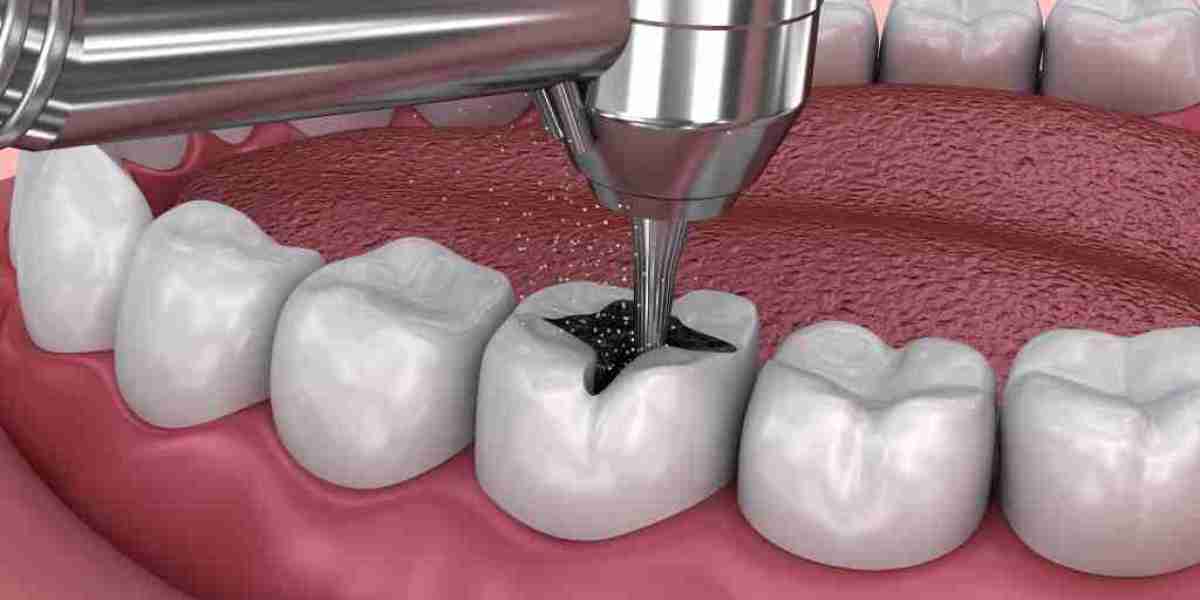The tooth filling materials market is significantly influenced by the demographic trends and evolving needs of the patient population. As dental technology advances and more materials become available, the preferences of various demographic groups are playing a key role in shaping market demand. Factors such as age, income, geographic location, and cultural preferences are impacting the types of filling materials chosen by patients, influencing both the market’s growth and innovation in dental products.
Age Demographics and Material Preferences
One of the most significant demographic factors influencing the tooth filling materials market is the age of the patient. Pediatric and geriatric populations, in particular, have distinct dental needs that impact their choice of filling materials.
For children, dental professionals often recommend composite resins or glass ionomer cements for fillings due to their ability to bond well with tooth structures and their non-toxic, fluoride-releasing properties, which help prevent further decay. As children’s teeth are still developing, biocompatibility and safety are of paramount importance. Additionally, pediatric patients often have aesthetic concerns, making tooth-colored fillings a preferred choice over traditional amalgam fillings.
For older adults, particularly those in the geriatric age group, there is often a need for fillings that provide durability and resistance to wear. As teeth become weaker with age, materials like ceramics and composites are popular choices due to their strength and long-term performance. Furthermore, older patients tend to prioritize fillings that can restore both the function and appearance of their teeth, as aesthetic concerns become more important with age.
Income and Insurance Coverage
Another key demographic factor influencing material choices is the income level of patients. Cost plays a crucial role in deciding which materials are used, particularly for individuals without dental insurance or those with limited coverage. While materials like composite resins and ceramics are often more aesthetically pleasing and durable, they are typically more expensive than amalgam fillings, which are still considered a cost-effective option for many patients.
Those with higher income levels or better dental insurance coverage tend to opt for more expensive but aesthetically superior materials, such as porcelain or resin-based composites, especially for fillings in visible areas. In contrast, patients with limited financial resources may prioritize affordability and choose traditional amalgam fillings or glass ionomer cements, which offer a balance between performance and cost.
Geographic and Cultural Factors
Geographic location also plays a critical role in shaping the demand for tooth filling materials. In developed countries, there is a growing preference for aesthetic solutions, with patients opting for tooth-colored materials, particularly in urban areas where cosmetic dentistry is more in demand. Conversely, in less developed regions, traditional materials like amalgam still dominate due to their lower cost and longer history of use.
Cultural perceptions of dental aesthetics also influence material choice. In some cultures, a more natural, visually appealing restoration is prioritized, pushing the demand for materials like composites and ceramics. In other regions, functionality may outweigh aesthetics, leading patients to select more durable and cost-effective options.
The Impact of Health Consciousness and Education
The rising awareness of health and wellness, particularly among younger, educated demographics, has led to a shift in preferences toward biocompatible and eco-friendly materials. Many patients, especially millennials, are concerned about the long-term impact of dental materials on their overall health, prompting greater interest in bioactive materials, such as bioactive glass and bioceramics, that promote tooth remineralization and do not release harmful substances.
Conclusion
Patient demographics, including age, income, geographic location, and cultural preferences, play a pivotal role in shaping the demand for tooth filling materials. As dental professionals seek to accommodate the diverse needs of patients, market trends show a clear shift toward materials that are not only functional but also aesthetically pleasing, biocompatible, and sustainable. By understanding and addressing the preferences of different demographic groups, the tooth filling materials market will continue to evolve, offering a range of solutions that cater to both traditional and emerging patient needs.




